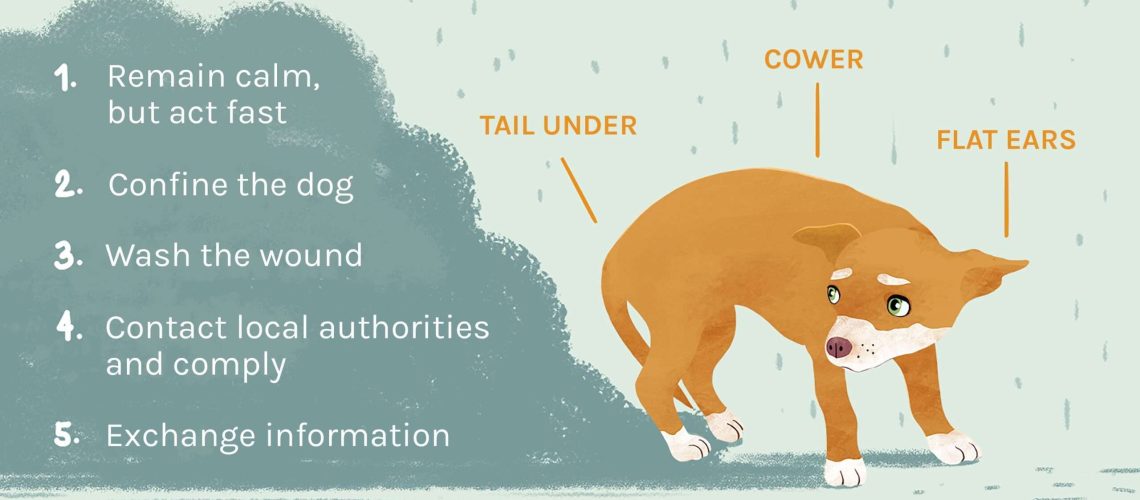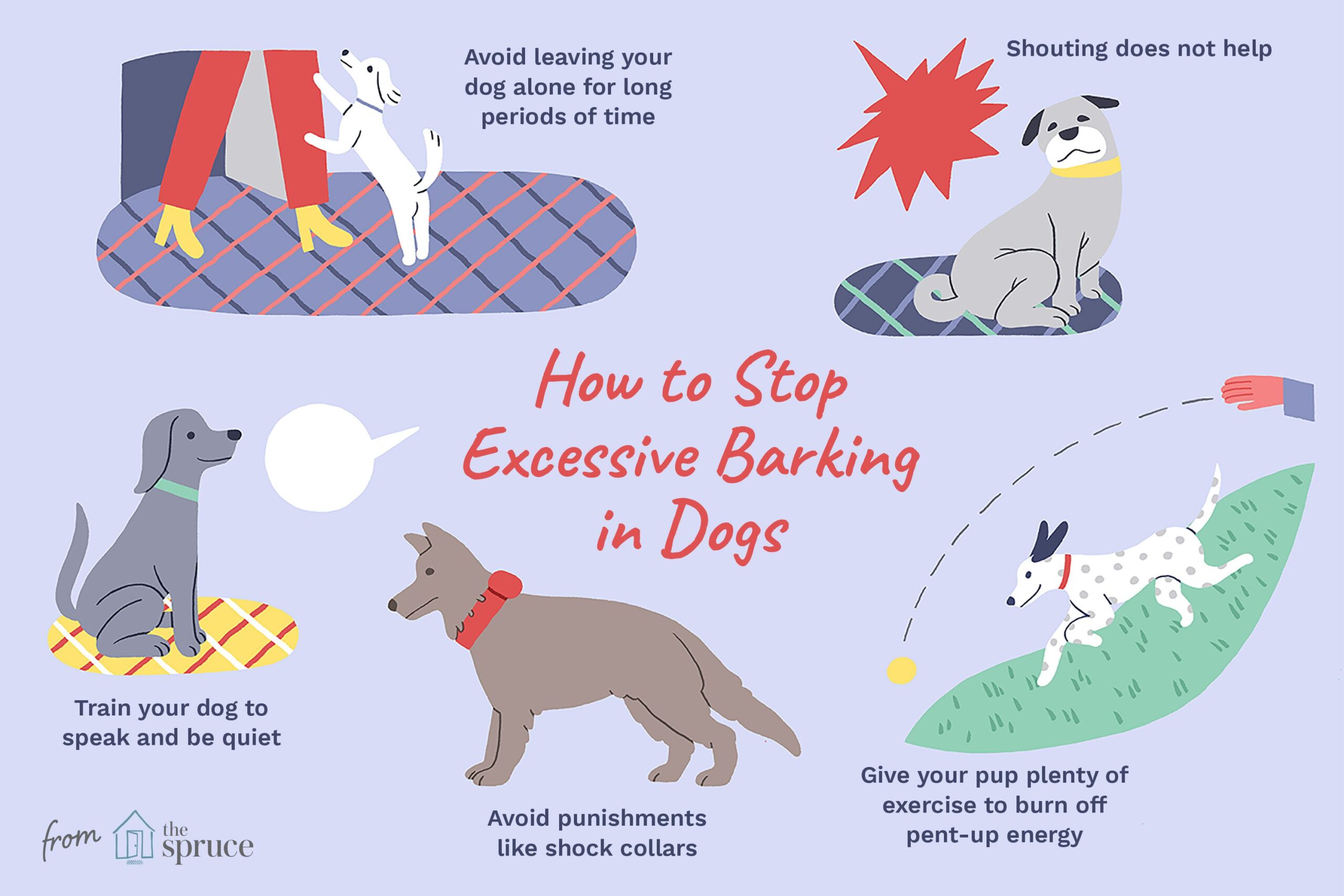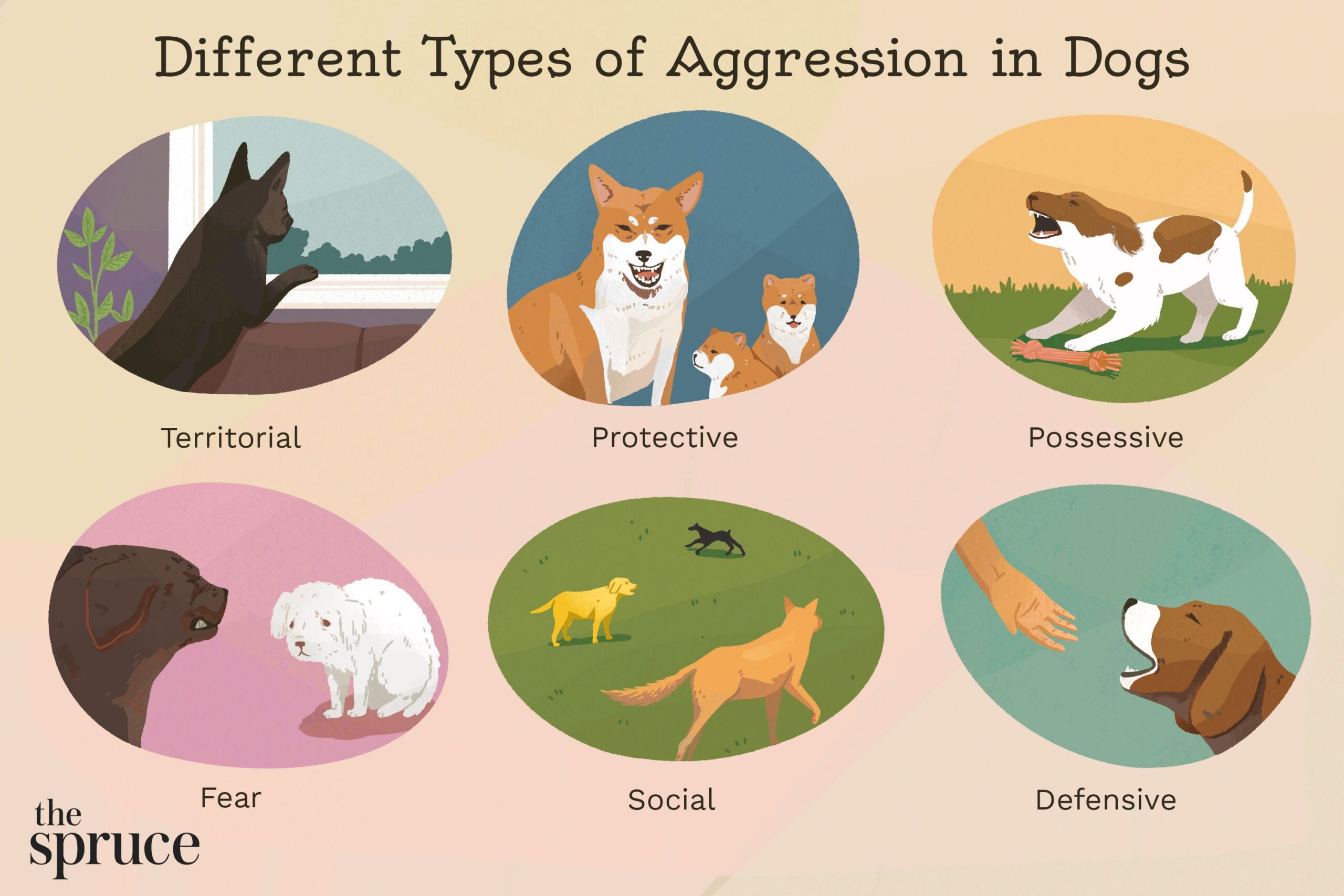Key Takeaways:
- Proper socialization and training of dogs from a young age can significantly reduce the risk of dog bites.
- Always supervise interactions between children and dogs to prevent any aggressive behavior or potential harm.
- Teach children how to approach and interact with dogs in a calm and non-threatening manner, avoiding sudden movements or loud noises.
- Recognize the warning signs of an agitated or fearful dog, such as growling, barking, or showing teeth, and give them space to calm down.
- If approached by an unfamiliar dog, remain still and avoid making eye contact until the dog loses interest or walks away.
Are you a dog lover? If so, then you'll definitely want to pay attention to this. Imagine a world where every interaction with a furry friend is filled with joy and happiness, without the fear of getting bitten. Understanding how to stop dog bites is not just essential for your safety, but also for the well-being of our canine companions. In fact, did you know that each year in the United States alone, there are over 4.5 million reported cases of dog bites? That's a staggering number! But don't worry, because in this article, we will delve into the secrets of preventing dog bites and creating a harmonious relationship between humans and dogs. So let's get started on this journey towards safer and happier encounters with our four-legged friends!
Why is it important to prevent dog bites?
Dog bites can cause serious injuries, especially to children. It is important to prevent dog bites to keep everyone safe and avoid unnecessary pain and suffering. Dog bites can lead to infections, scarring, and even emotional trauma. By preventing dog bites, we can create a safer environment for both humans and dogs.
Preventing dog bites also helps in building positive relationships between humans and dogs. When dogs are not provoked or threatened, they are more likely to be friendly and well-behaved. This makes it easier for people to enjoy the company of dogs and reduces the chances of aggressive behavior.
Consequences of dog bites:
- Infections
- Scarring
- Pain
- Emotional trauma
Benefits of preventing dog bites:
- Safety for humans
- Safety for dogs
- Positive relationships with dogs
- Avoidance of aggressive behavior
Signs that a dog may bite
Dogs often give warning signs before they bite. It is important to recognize these signs so that we can avoid situations that may lead to aggression or biting.
Some common signs that a dog may bite include growling, baring teeth, raised fur on their back, stiff body posture, and showing whites of their eyes. These signs indicate that the dog is feeling threatened or uncomfortable, and it is best to give them space.
Signs that a dog may bite:
- Growling
- Baring teeth
- Raised fur on their back
- Stiff body posture
- Showing whites of their eyes
Avoiding provoking a dog to bite
It is important to know how to interact with dogs in a way that does not provoke them to bite. Dogs have boundaries and may become aggressive if those boundaries are crossed.
To avoid provoking a dog, it is essential to respect their personal space. Avoid approaching or touching a dog without the owner's permission. Also, do not disturb a dog while they are eating, sleeping, or caring for puppies.
Tips for avoiding provoking a dog:
- Respect personal space
- Ask for permission before approaching or petting a dog
- Avoid disturbing dogs while they are eating, sleeping, or caring for puppies
- Do not pull on a dog's tail or ears
- Avoid sudden movements or loud noises around dogs
What to do when encountering an unfamiliar dog?
If you encounter an unfamiliar dog, it is important to stay calm and follow certain steps to ensure your safety. Approaching an unknown dog cautiously can help prevent any potential aggression.
The first step is to avoid making direct eye contact with the dog as this can be seen as a threat. It is also important to stand still and avoid running away, as this may trigger the dog's prey instinct. Instead, slowly back away from the dog while keeping it in your line of sight.
Steps when encountering an unfamiliar dog:
- Stay calm
- Avoid direct eye contact
- Stand still and avoid running away
- Slowly back away while keeping the dog in your line of sight
- If the dog approaches, stay still or slowly retreat
- If the dog becomes aggressive, use a firm, confident voice to command it to "sit" or "stay"
Safely approaching and interacting with dogs
Approaching and interacting with dogs can be a rewarding experience if done safely. It is important to remember that not all dogs are comfortable with strangers, so it is essential to approach them in a respectful manner.
When approaching a dog, always ask the owner for permission first. Approach slowly and let the dog sniff your hand before attempting to pet them. Avoid reaching over their head or making sudden movements that may startle them.
Tips for safely approaching and interacting with dogs:
- Ask the owner for permission before approaching
- Approach slowly and calmly
- Let the dog sniff your hand before attempting to pet them
- Avoid reaching over their head or making sudden movements
- Pet gently on their chest or side, avoiding sensitive areas like ears and tail
How training and socialization can prevent dog bites?
Training and socialization play a crucial role in preventing dog bites. Dogs that have been properly trained are more likely to respond positively to commands from their owners and behave appropriately in various situations.
Socializing dogs from an early age exposes them to different people, animals, and environments. This helps them become more comfortable and less fearful, reducing the likelihood of aggressive behavior or biting in unfamiliar situations.
Benefits of training and socialization:
- Improved response to commands
- Better behavior in various situations
- Reduced fear and anxiety
- Less likelihood of aggressive behavior or biting
Steps to take if a dog bites someone?
If someone gets bitten by a dog, it is important to take immediate action to ensure their safety and well-being. The following steps can help minimize the risk of infection and provide appropriate care for the wound.
The first step is to wash the wound with soap and water gently. Then, apply an antiseptic ointment and cover it with a clean bandage. It is essential to seek medical attention, especially if the bite is deep, bleeding heavily, or shows signs of infection such as redness, swelling, or pus.
Steps to take if a dog bites someone:
- Wash the wound gently with soap and water
- Apply an antiseptic ointment
- Cover the wound with a clean bandage
- Seek medical attention for deep bites or signs of infection
- Contact local animal control to report the incident if necessary
In conclusion, preventing dog bites is important for everyone's safety. By understanding a dog's body language, asking permission before approaching a dog, and properly training and socializing dogs, we can reduce the risk of dog bites and create a safer environment for both humans and dogs.
How do you discipline a dog to stop biting?
Rather than punishing your dog for biting too hard, begin giving him time-outs whenever you feel his teeth make contact with your skin. As soon as you feel his teeth touch you, make a high-pitched yelp and then promptly leave his presence. Avoid giving him any attention for about 30 to 60 seconds.
Can you trust a dog after it bites?
Is it possible to trust a dog that has bitten someone in the past? By providing sufficient patience and care, many dogs can learn to effectively manage their stress levels. As your communication skills with your dog improve, so will the rebuilding of trust between you and your furry friend.
Where do you pinch a dog to stop biting?
Another method, known as the Jaw Pinch technique, involves pressing your thumb onto the top of the person's tongue and pinching your forefinger against the underside of their jaw until they stop. This action should be repeated whenever they attempt to bite you, while also giving a firm command of "no."
How long does it take to train a dog to stop biting?
Mouthing and play biting is a typical stage for most puppies, and I frequently reassure owners that their pet will usually outgrow it by the time they reach three to five months old. Biting is also a natural part of the teething process, which typically lasts until the puppy is around seven months old.
Should you punish your dog for biting?
DO NOT physically punish your dog for biting. Biting and mouthing are natural behaviors as puppies grow their new teeth and explore their surroundings. In fact, punishing your dog physically can lead to aggression and fear.
Can a dog be trained not to bite?
If you are having difficulty preventing your dog from biting, receiving obedience training either at home or from a professional can be beneficial. The more obedient your dog becomes, the more manageable they will be for you.

















